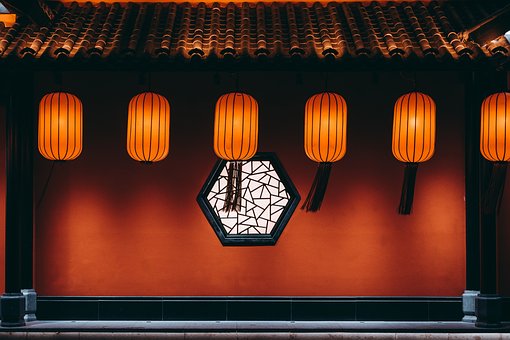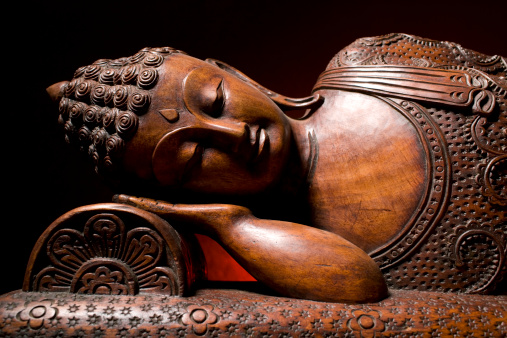The way to dedicate according to the dharma is to wish for all sentient beings to reach sukhavati, to be liberated and reach Buddhahood, and have no consideration for one’s own benefit. Even though one did not ask for anything for oneself, cause and effect is never wrong. At the end, what one should have will appear at the appropriate time.
~Depicted from LUMINOUS WISDOM BOOK SERIES











